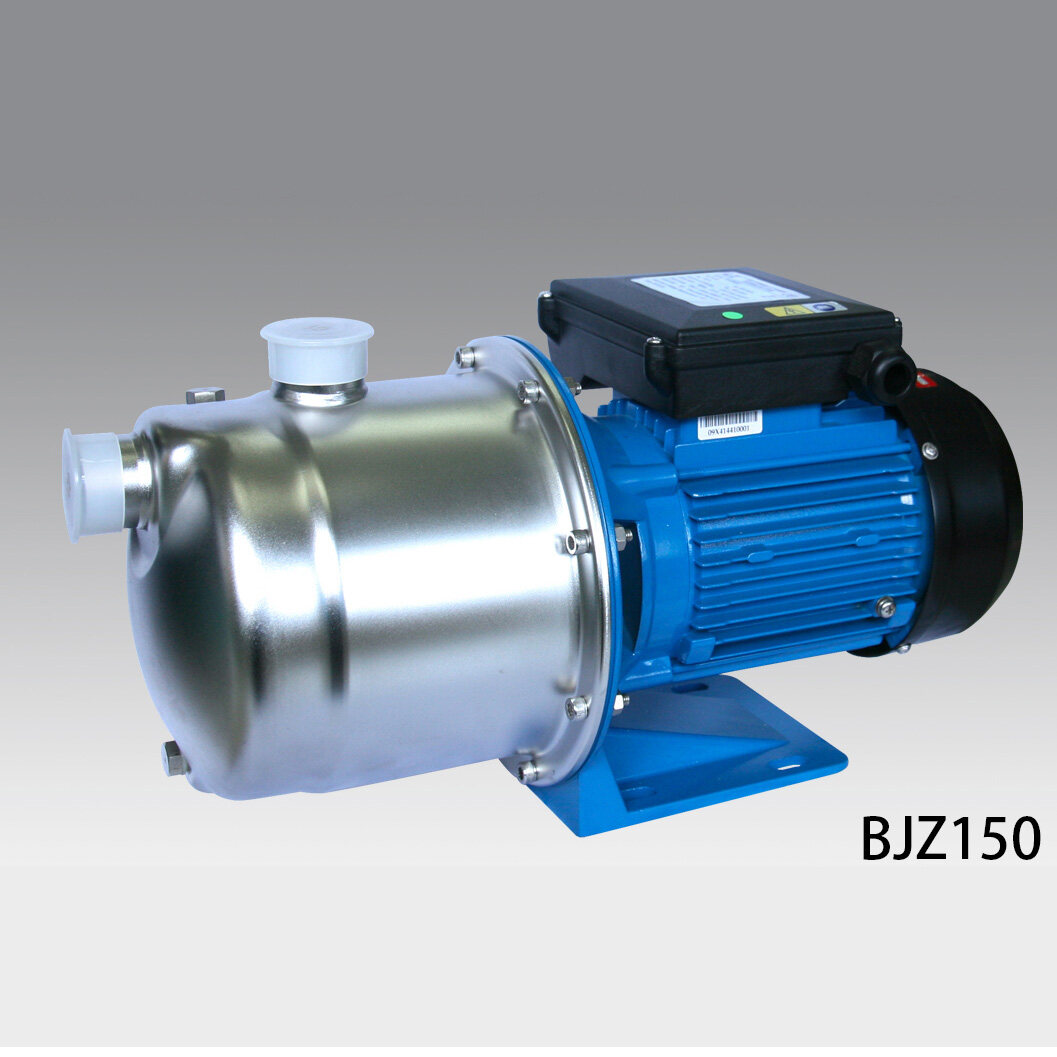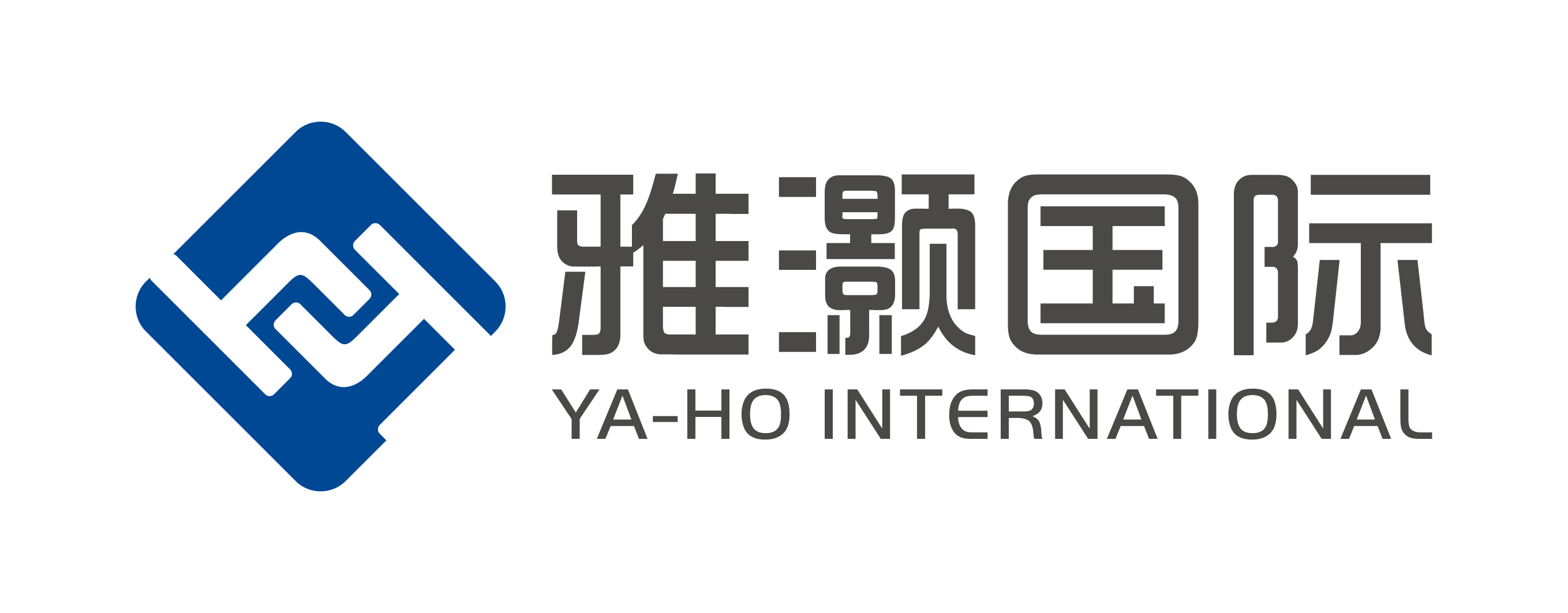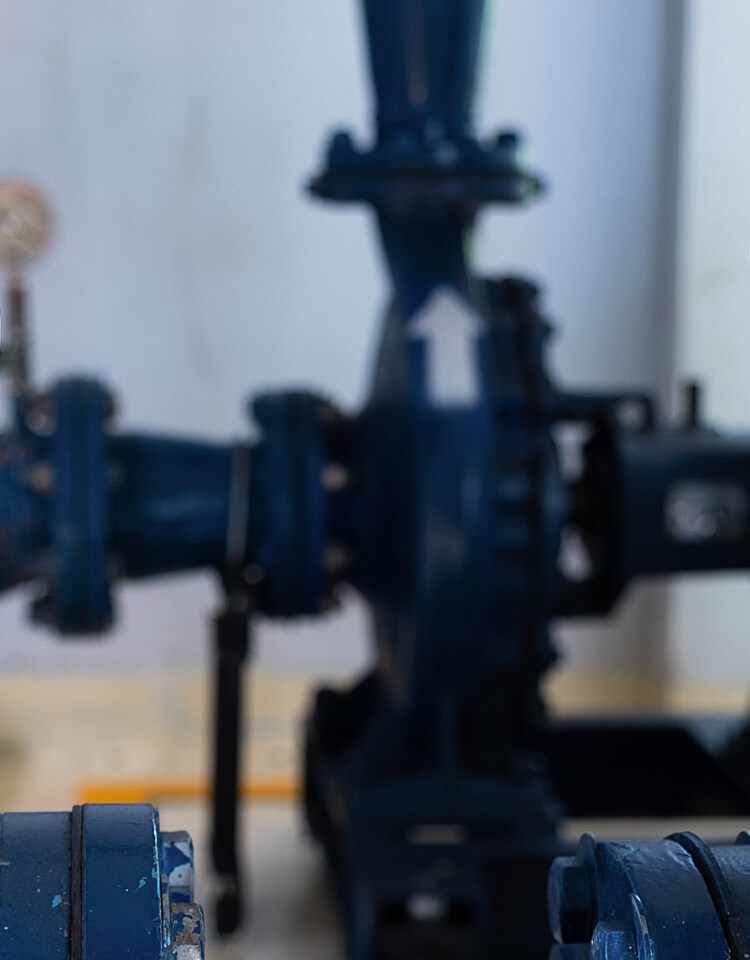Email format error
Email cannot be empty
Email already exists
6-20 characters(letters plus numbers only)
The password is inconsistent
Email format error
Email cannot be empty
Email does not exist
6-20 characters(letters plus numbers only)
The password is inconsistent

News

oem hydraulic pump for excavator factory
How do hydraulic pumps work?
Gear pump
The gear pump has the characteristics of small size, simple structure, strong anti-pollution, low price, large leakage, large noise, large flow pulsation, and unadjustable displacement.
The gear pump is made of two gears that mesh with each other. When the motor or engine drives one of the gears, the other gear that meshes with it will rotate at the same time.
The pair of gears rotate with each other, the gear teeth on one side of the meshing teeth gradually disengage, the volume of the sealing cavity increases, a partial vacuum is formed, and the hydraulic oil in the oil tank is sucked in under the action of atmospheric pressure to fill the increasing volume. The suctioned hydraulic oil fills the tooth slot and rotates with the tooth slot, bringing the oil to the oil pressure chamber on the other side of the meshing area. The two gear meshing lines separate the oil suction chamber and the oil pressure chamber. So that there will be no hydraulic oil leakage between the oil suction area and the oil pressure area, and the gear rotates continuously to complete the oil suction and oil pressure process again and again.

There is also a gear pump called an internal gear pump, which is also used in hydraulic equipment.
The pump has a pair of gears that mesh with each other to form an eccentric structure, in which the teeth of the inner gear protrude outward and are driven by a motor, and the teeth of the outer gear meshed with it protrude toward the center of the pump.
When the pinion rotates, it drives the external gear that meshes with it to rotate, the gear on the oil suction port side is out of mesh, the volume increases, and a local vacuum is formed to absorb oil, and the gear on the oil pressure port side enters the meshing volume to reduce the oil pressure. The crescent plate in the pump body separates the oil suction area and the oil pressure area.
Vane pump
The vane pump has the characteristics of uniform flow, stable operation, low noise, high working pressure and volumetric efficiency, and complex structure.
The vane pump is an eccentric structure formed by the rotor and the vanes. As the rotor rotates under the drive of the drive shaft, the lower end of the vane always maintains sufficient pressure due to the action of the spring or hydraulic oil, so that the top of the vane can stick to the inner wall of the pump. , During the rotation process, any two adjacent vanes and the pump body form a closed space. When the closed space gradually becomes larger, the hydraulic oil is sucked into it. When the volume of the closed space changes from large to small, the hydraulic oil inside. Press out from the hydraulic zone.
Piston pump
Plunger pumps have high volumetric efficiency, small leakage, and can work under high pressure. Most of them are used in high-power hydraulic systems, but they are complex in structure, require high materials and machining accuracy, are expensive, and require high oil cleanliness.
The plunger pump has a transmission shaft, which is connected to the cylinder body. The plunger is evenly distributed in the cylinder body along the circumference. One end of the plunger is pressed on the fixed swash plate, and the other end is equipped with a compression spring between the bottom surface of the pump body. , the swash plate has an inclination angle relative to the axis of the pump body, and the piston will always be pressed on the inclination plate.
The piston on one side of the cylinder body and the sealing volume around the cylinder body gradually increase to become the oil suction area, and the other side gradually reduces to the oil pressure area due to the surrounding sealing volume.
Taking a single plunger as an example, when the cylinder angle is from 0° to 180°, the plunger gradually extends out, and the sealing working volume of the cylinder hole at the bottom of the plunger increases. During this process, oil is absorbed. When the rotation angle is from 180° to 360°, the cylinder hole volume In this process, the oil is pressed. The larger the inclination angle of the swash plate, the larger the cylinder hole volume difference at the bottom of the piston, and the larger the displacement of the pump. The swash plate plunger can also be changed by adjusting the inclination angle of the swash plate. pump displacement.
Hydraulic pumps are the key components of various equipment. Their performance and lifespan determine to a large extent the working capacity of the entire hydraulic system. With the advancement of technology, the performance of hydraulic pumps is becoming more and more perfect. fields are widely used.
Looking for an oem hydraulic pump for excavator factory, welcome to contact us.

